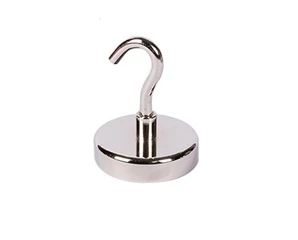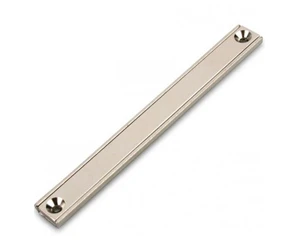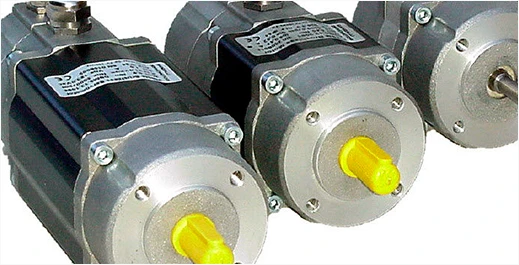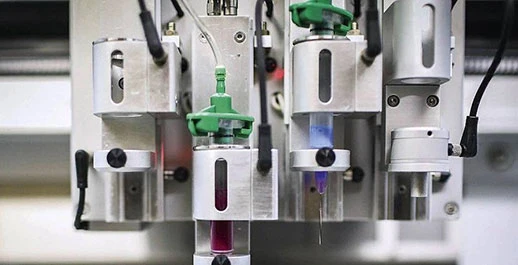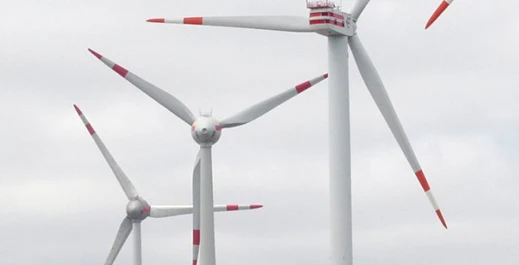The ferrite that China first came into contact with was the natural ferrite discovered in the 4th century BC, namely magnetite, and the compass created in China was made of this natural magnetite. By the development of radio technology in the 1930s, ferromagnetic materials with low high frequency loss were urgently required. The resistivity of iron tetroxide is very low, which cannot meet this requirement. In 1933, Tokyo Institute of Technology in Japan first created a permanent magnet material containing cobalt ferrite, which was called 0P magnet at that time. In the 1930s and 1940s, France, Japan, Germany, the Netherlands and other countries successively carried out research on ferrites. Among them, the physicist Snoke of the Philips Laboratory in the Netherlands developed various spinels with excellent performance in 1935. The constructed zinc-containing soft ferrite was industrialized in 1946.
Ferrite magnets In terms of electrical properties, the resistivity of ferrite is much larger than that of metal and alloy magnetic materials, and it also has higher dielectric properties. The magnetic properties of ferrites also show that they have high permeability at high frequencies. Therefore, ferrite has become a non-metallic magnetic material widely used in the field of high frequency weak current. Since the magnetic energy stored in the unit volume of ferrite is low, the saturation magnetization is also low (usually only 1/3 to 1/5 of pure iron), which limits its use in low-frequency strong electricity and large large-scale electricity that require higher magnetic energy density. applications in the power field.
Ferrite is a non-metallic magnetic material, also known as ferrite. It is prepared and sintered by ferric oxide and one or several other metal oxides (such as nickel oxide, zinc oxide, manganese oxide, magnesium oxide, barium oxide, strontium oxide, etc.). The relative permeability of ferrite magnets can be as high as several thousand, the resistivity is 1011 times that of metals, and the eddy current loss is small, which is suitable for making high-frequency electromagnetic devices. There are five types of ferrites: hard magnetism, soft magnetism, moment magnetism, gyromagnetism and piezoelectric magnetism. Formerly known as iron oxide magnet or iron oxide, its production process and appearance are similar to ceramics, so it is also called magnetic porcelain. Ferrites are complex oxides of iron and one or more other suitable metal elements. It is a semiconductor in nature and is usually used as a magnetic medium. The difference between ferrite magnetic materials and metal or alloy magnetic materials is electrical conductivity. Usually the resistivity of the former is 102~108Ω·cm, while the latter is only 10-6~10-4Ω·cm.
Ferrite magnet permanent magnet material has the advantages of energy saving and price, and the permanent magnet ferrite wet pressing magnetic tile is the core component of the downstream micro motor. High-performance permanent magnet ferrite refers to wet-pressed permanent magnet ferrite with high remanence, high coercivity and high magnetic energy product.


